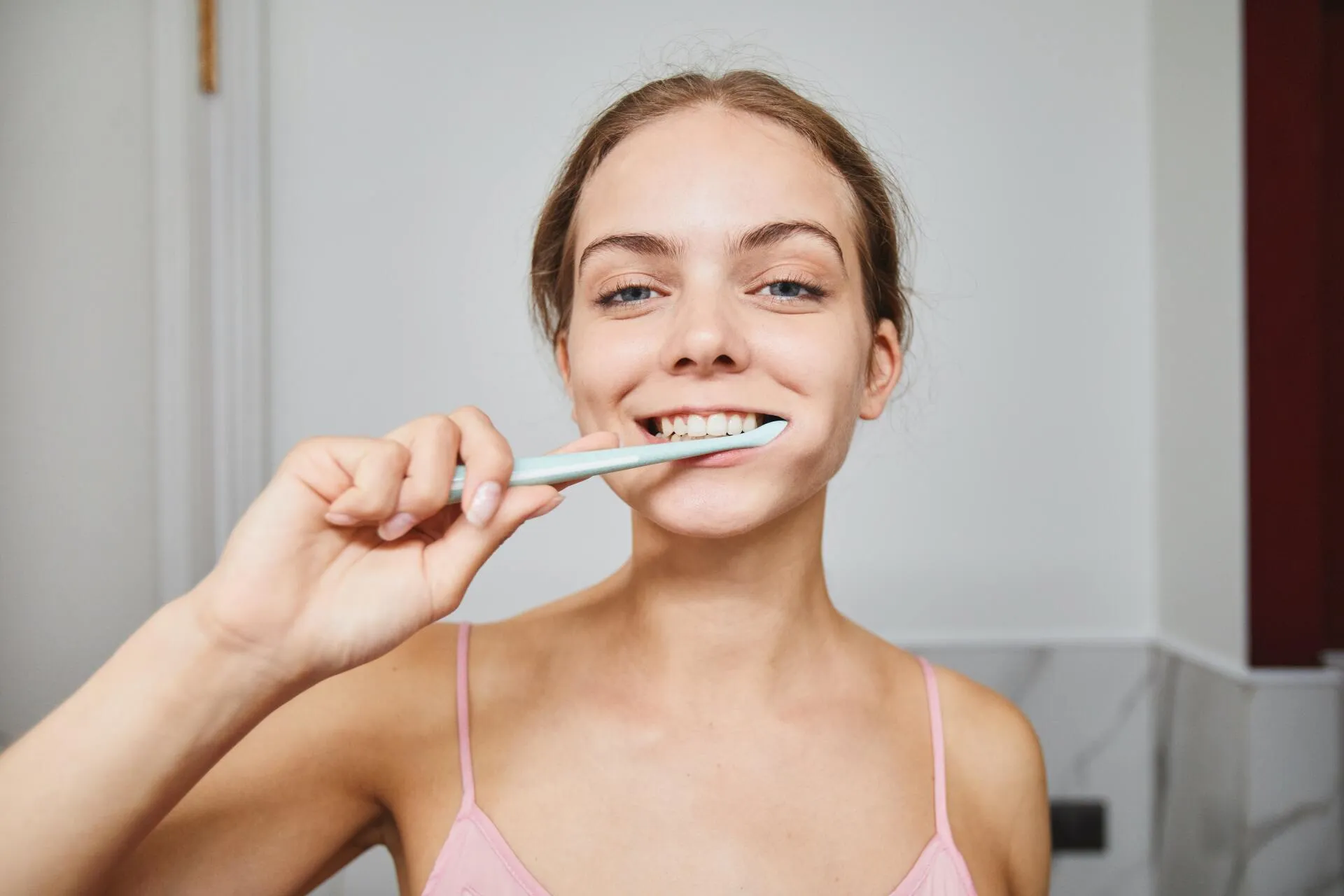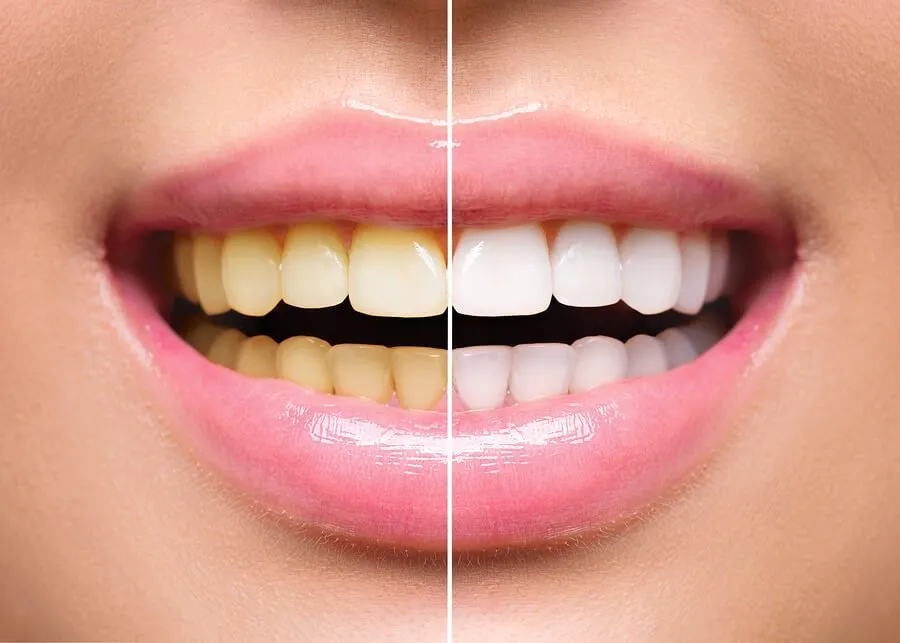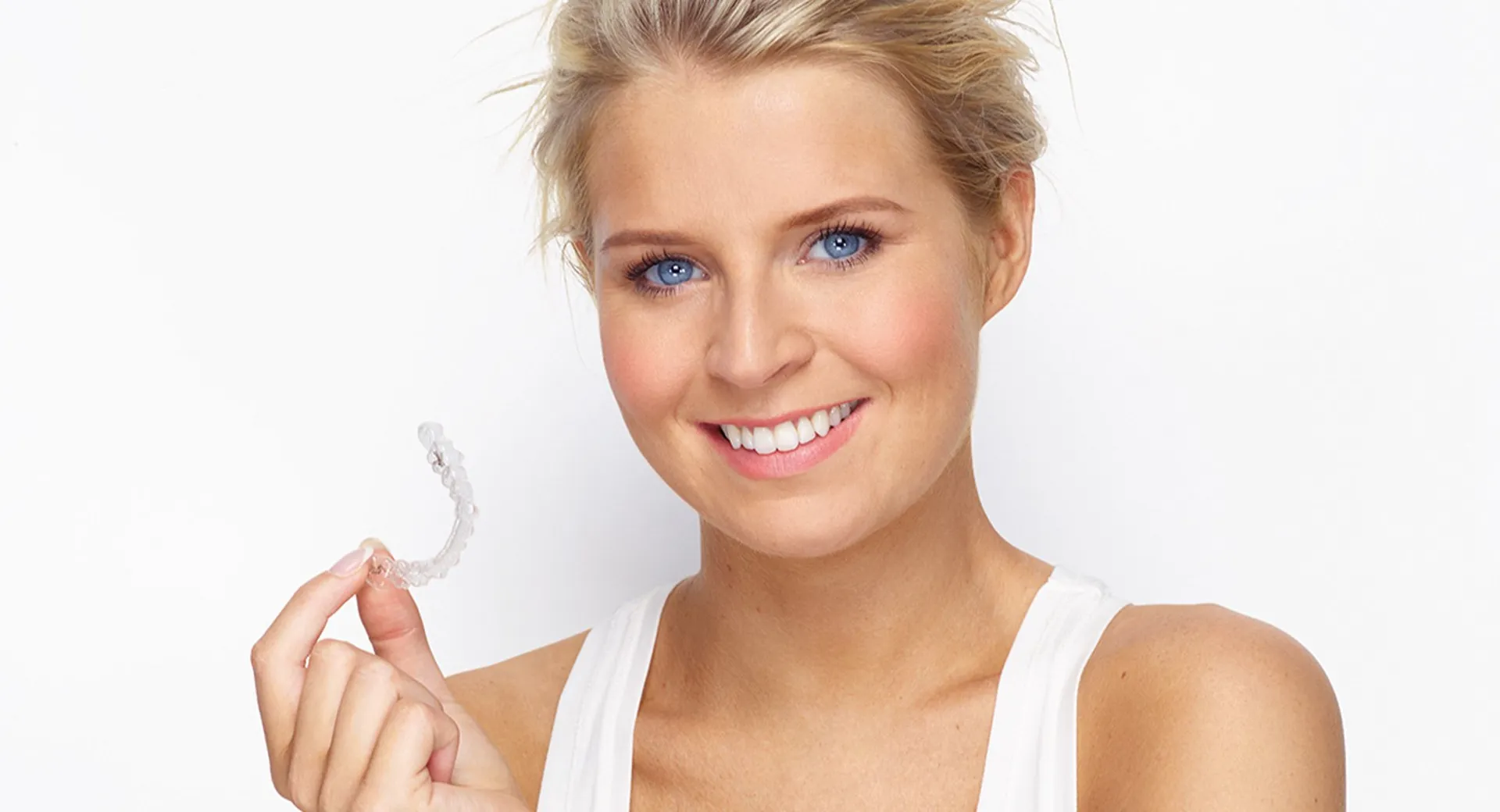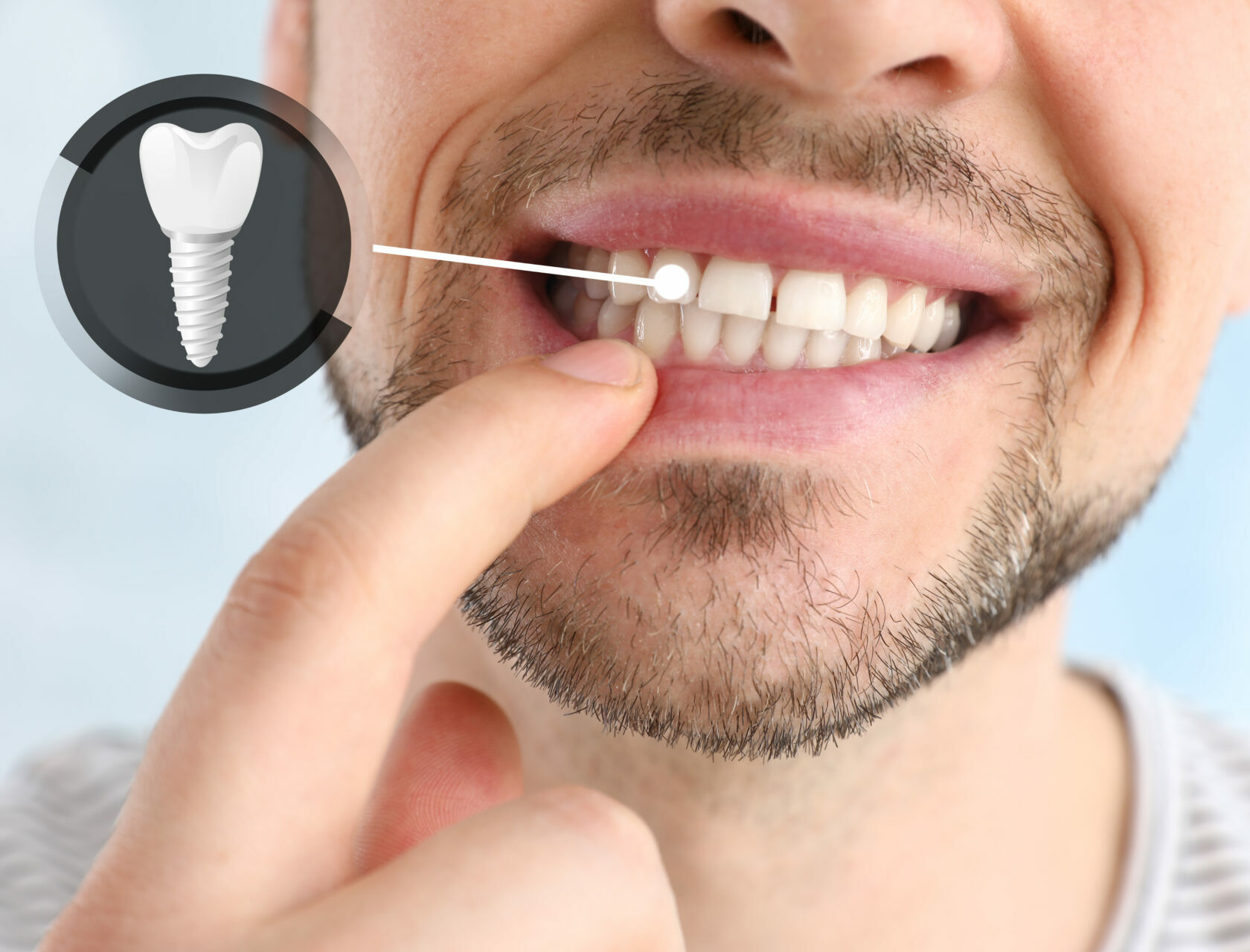Five Tools Your Dental Hygienist Uses During Cleanings
Your oral health is a window to your overall health. This is one of the reasons why getting regular dental cleanings is so important. The general consensus is that every individual should have a dental cleaning at least once a year, ideally twice a year. These visits allow the patient to continue benefiting from good dental health. They also give the dentist an opportunity to catch any potential issues early on before they escalate into bigger problems.
It is unfortunate that many people opt to skip the recommended regular dental cleanings. We understand that many patients fear that these visits might be painful or intimidating. More often than not, these fears are based on a lack of understanding the processes involved in dental cleanings. In hopes to ease your mind and calm your anxiety, we wanted to walk you through what dental cleanings encompass and what tools you can expect to be used during your visit to our clinic.
What Happens During a Dental Cleaning?
A dental cleaning and a dental checkup usually go hand-in-hand. When you first sit on the chair, you will have your throat, gums, tongue, lips, jaw, and teeth examined. The focus during this portion is on looking for signs of decay, disease, and early indications of oral cancer. Sometimes x-rays are requested in order to further evaluate the teeth and gums. The hope is that everything looks in good form and then the cleaning can commence.
The dental cleaning is performed by a dental hygienist, a specialist trained in oral health care. They use an array of specialized dental hygienist tools to remove deposits from the teeth, clean gums thoroughly, and polish the enamel. Below is an explanation of the different tools that are often used during a dental cleaning.
Mirrors
A mirror is the first tool that a dental hygienist will use when performing a cleaning. It is used to get a better look at the state of the mouth and teeth before starting the procedure. This dental instrument plays a crucial role in examining the surfaces of each tooth, the entire mouth, and even down the throat. Mirrors allow the hygienist to see areas that are not easily visible to the eye. These areas include behind the teeth, the areas between the teeth and the gums, and even the gums in the far back of the mouth.
You might notice that the mirror is quite bright. This is due to the light that the hygienist will shine on it to reflect off of the mirror. This allows for deposits, pockets between the teeth and gums, swelling, and any other abnormalities in the mouth to be more visible. It also showcases decay and early signs of gum disease better.
Scalers
When it comes to the actual removal of unwanted gunk, scalers are the winners. Scalers are the teeth cleaning tools. Some may even say that they are the main event at a dental cleaning appointment.
Regular brushing and flossing play a pivotal role in keeping your oral health on a positive note but unfortunately, plaque finds a way to slowly build up even through those efforts. Plaque is a sticky film that manages to stick on the teeth when you eat or drink. It produces bacteria when combined with saliva, food, and liquids. This bacteria becomes acidic and begins to break down the enamel of the teeth. All in all, not a good type of bacteria to let stick around.
Some of the signs of plaque buildup are yellow or brown stains on the teeth. It is true that you have strong chances of diminishing the plaque and buildup through good brushing and flossing habits. However, tartar must be removed professionally with a dental scaler.
Saliva Ejectors
As you probably already know, dental cleanings require you to have your mouth open for longer than normal periods of time. This means that your mouth can salivate quite a bit without its normal ability to swallow down the spit. This is where saliva ejectors come into play.
Saliva ejectors suction the saliva, water, blood, and debris that gets into the mouth during a dental cleaning. They are also used during other procedures as they do an excellent job at keeping you from ingesting all the same things.
You can spot a saliva ejector fairly easily. They are composed of a disposable tube that looks like a curbed straw. This is the portion that is inserted into the mouth. The tube is connected to a longer one, which is the one in charge of suctioning. Saliva ejectors are a key component of a dental cleaning seeing as they eliminate all the substances that would impede the mouth from staying clean.
Polishers
A polisher is a powered hand tool that allows the hygienist to polish each tooth in your mouth. This is a stainless steel air-driven device that smoothes the tooth surface. This process makes it easy for gums to adhere to the teeth. There is a mildly abrasive paste at the end of the polisher which removes stains and any remaining tartar.
Dental Floss
We understand that you floss at home regularly, and we think that this is a great step towards good oral health. However, there are areas that your eyes can’t quite see when you are flossing. This might mean that little bits of unwanted ickiness have begun to make a home there. The dental hygienist will make sure that is no longer the case after your visit by using floss at the end of your appointment. There is also the bonus point of having the hygienist act as a teacher during the flossing. We know that you are more than capable of doing a fantastic job at flossing but we are always happy to go over new methods and techniques that you can apply them at home.
Dental cleanings are good for your overall health. We cannot encourage you enough to make them a regular annual commitment to yourself. We understand that there can be some difficult feelings around dentist appointments, but we want to remind you that we are here to help you, not to scare you. We hope that the information provided here helps alleviate any misconceptions you might have had with regards to dental cleanings. More importantly, we hope that you commit to making these cleanings a regular part of your health routine.





